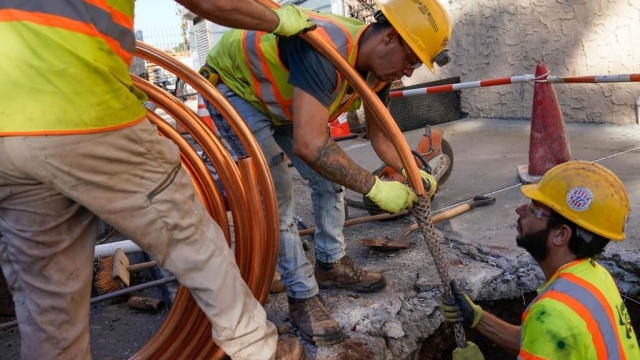In November, the U.S. Environmental Protection Agency proposed a sweeping new rule that would require the replacement of lead water pipe infrastructure in cities nationwide within the next 10 years.
The plan, which would mark one of the most major changes to U.S. water systems ever, would improve IQ scores for children and reduce the risk of heart disease and high blood pressure in adults, the EPA says.
The replacement is expected to cost billions of dollars, and will run up against a patchwork of partially-replaced pipes, expensive overhauls and other solutions cities have already implemented, such as chemical treatments.
SEE MORE: EPA plan would eliminate lead pipes within 10 years
But experts say the long-term benefits will far outweigh the cost and difficulty.
Dr. Mona Hanna-Attisha, a pediatrician and whistleblower who dealt with the water crisis in Flint, Michigan, talked with Scripps News about the EPA's proposal.
"There is no safe level of lead," Hanna-Attisha said. "Lead is poison. About 9 to 10 million homes in this country are getting their water delivered through a poisonous straw. They all need to go."
"When a kid comes in for their checkup, usually at 1 or 2 [years of age], we check their blood for lead," Hanna-Attisha said. "And in a sense, we've been using the blood of our kids as detectors of environmental contamination because we haven't been doing a good job checking the water and checking the pipes before kids are exposed."
"And when you think about it, that's kind of backwards, because lead is this potent neurotoxin," Hanna-Atisha continued. "There's no safe level. It can really alter an entire kid's life course. So what this rule does — it pushes prevention towards looking at the environment rather than continuing to use kids as the canary in the coal mine."
Trending stories at Scrippsnews.com



